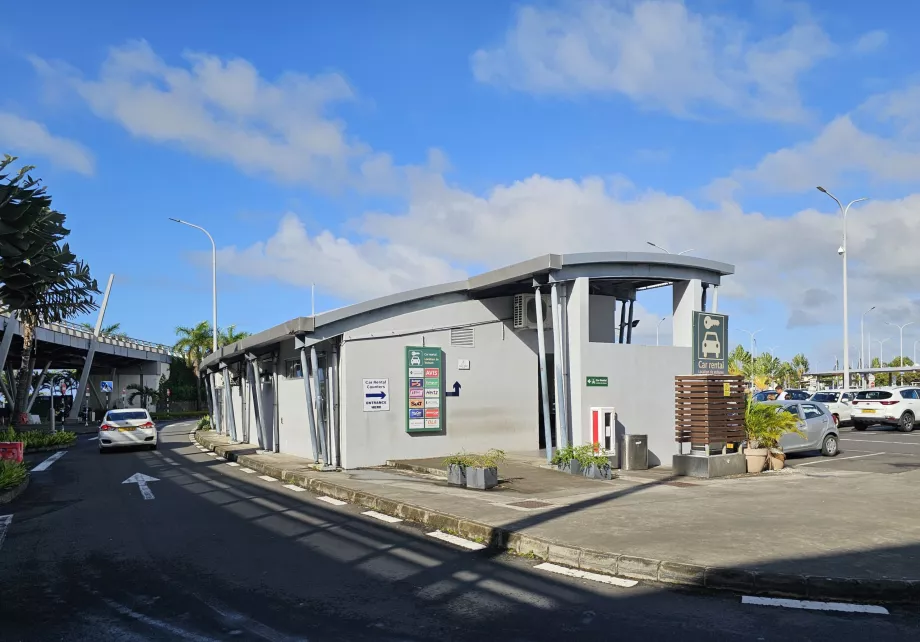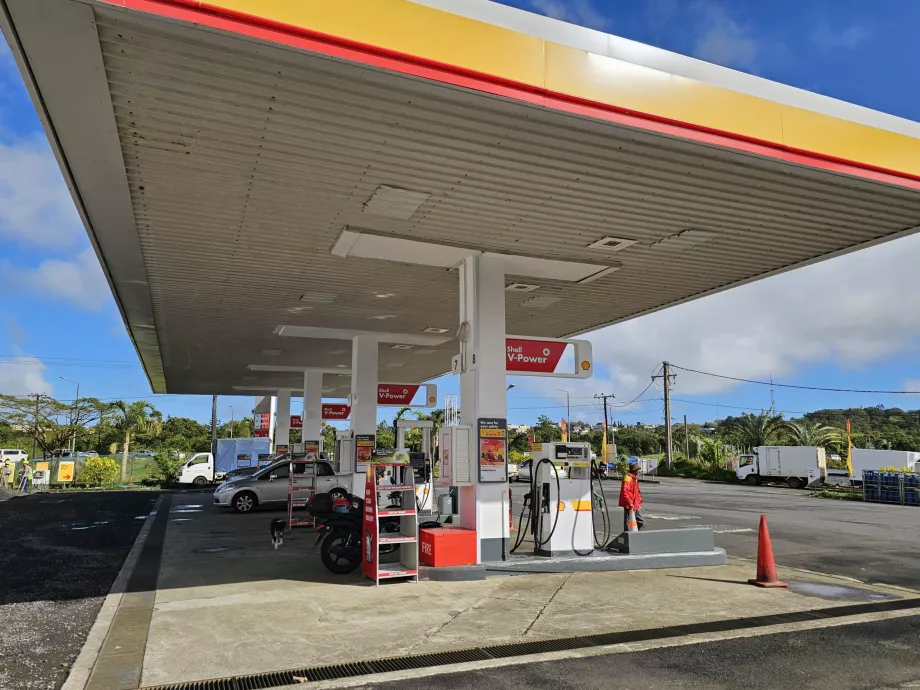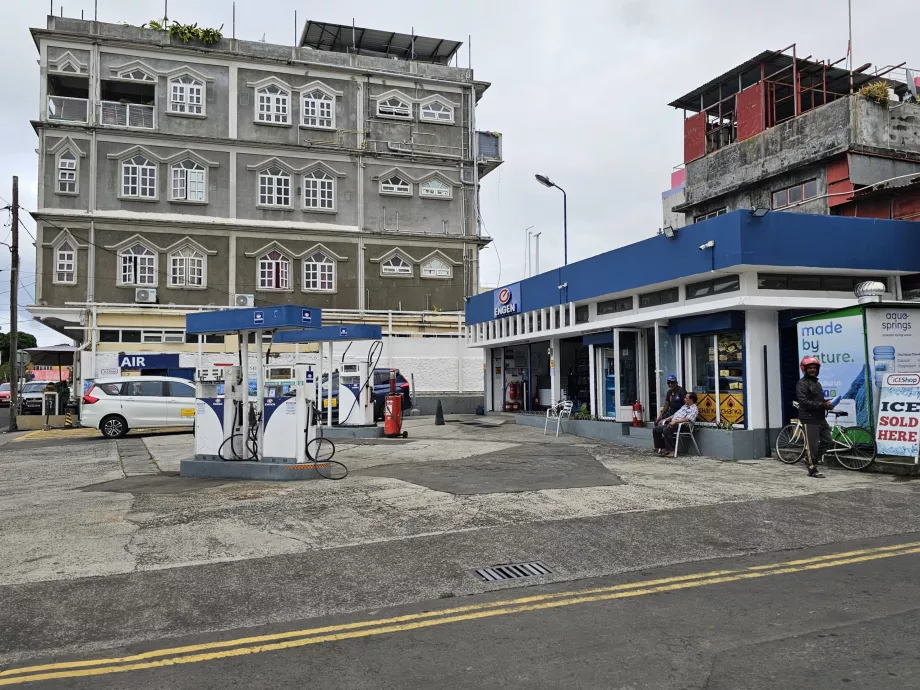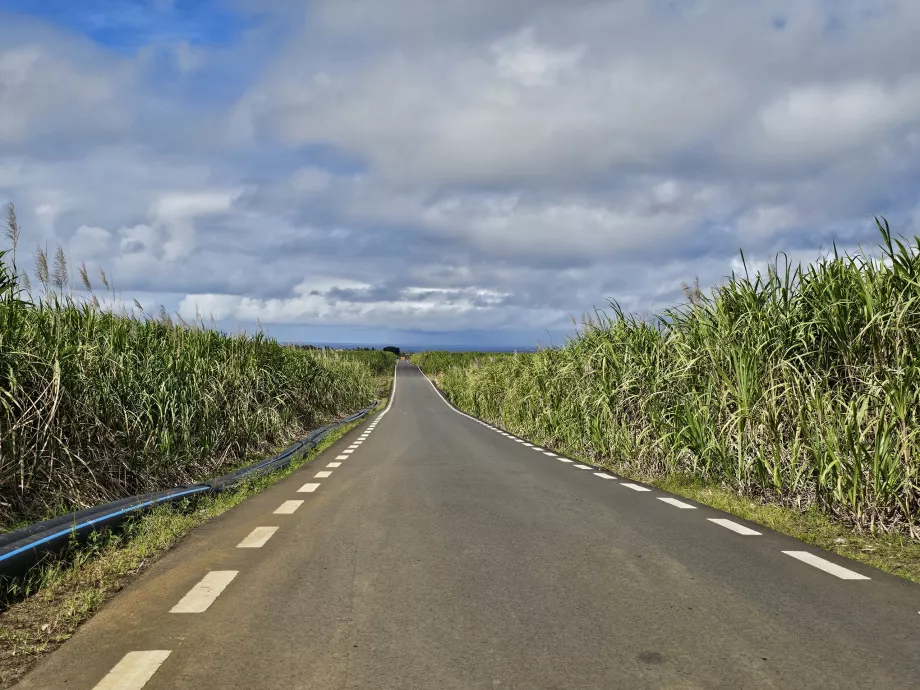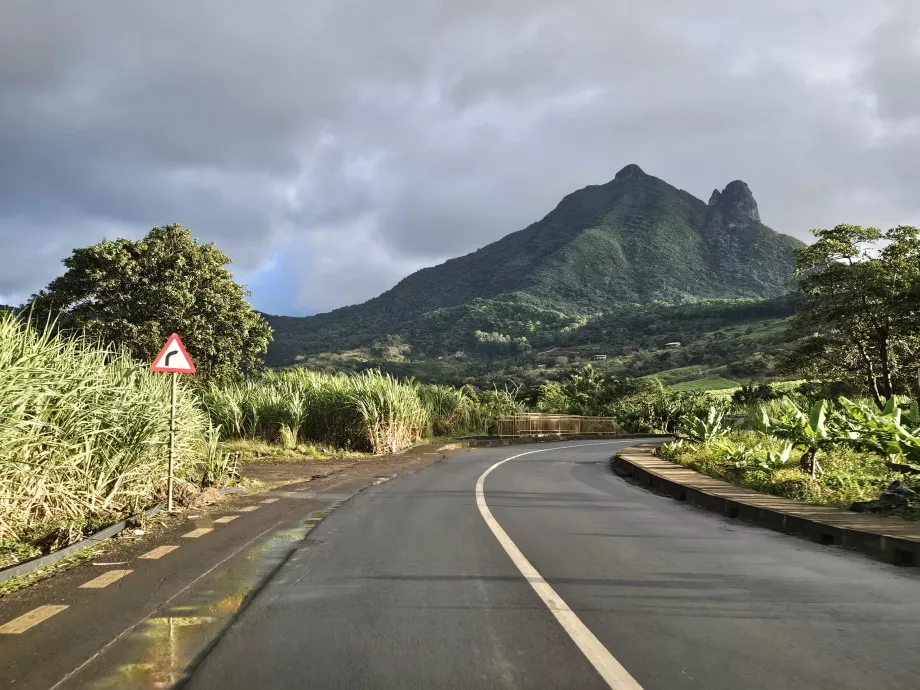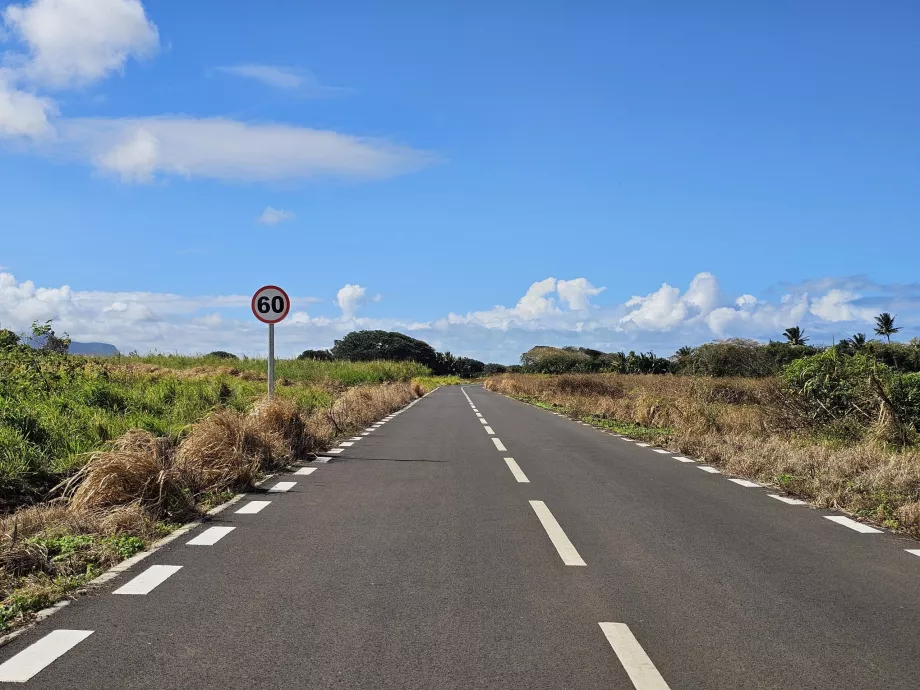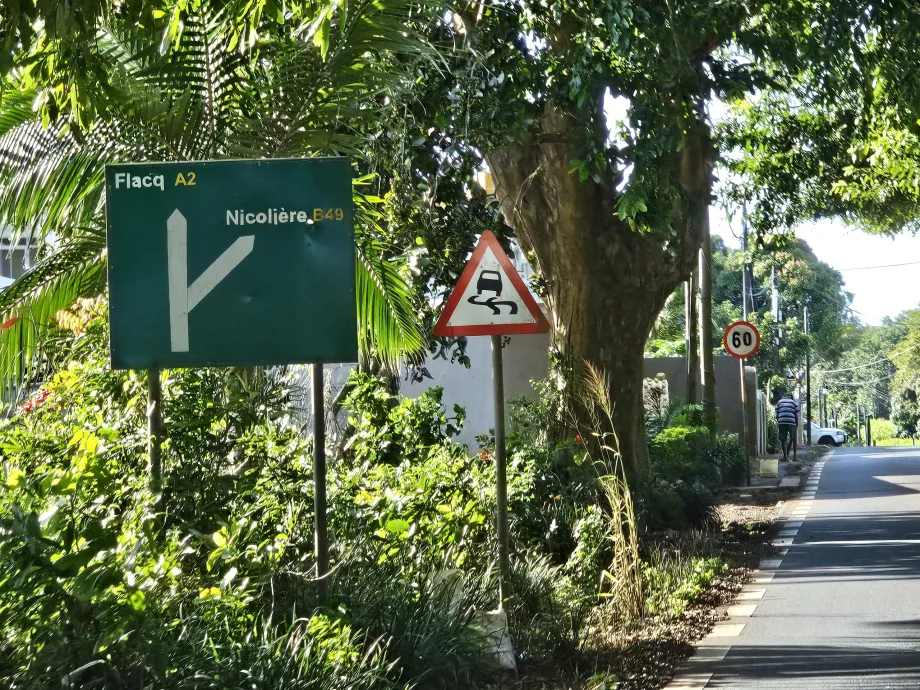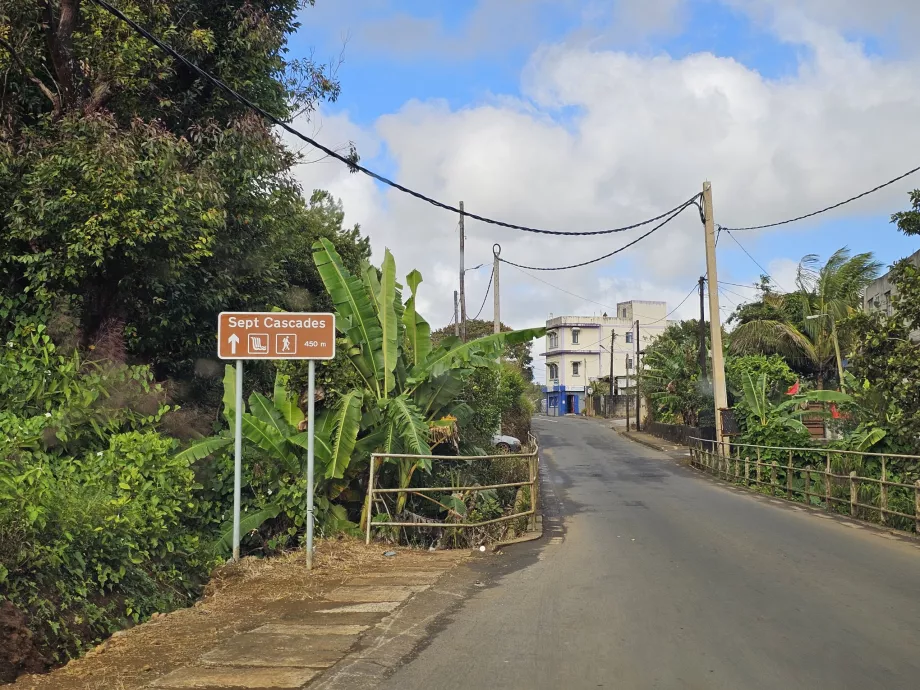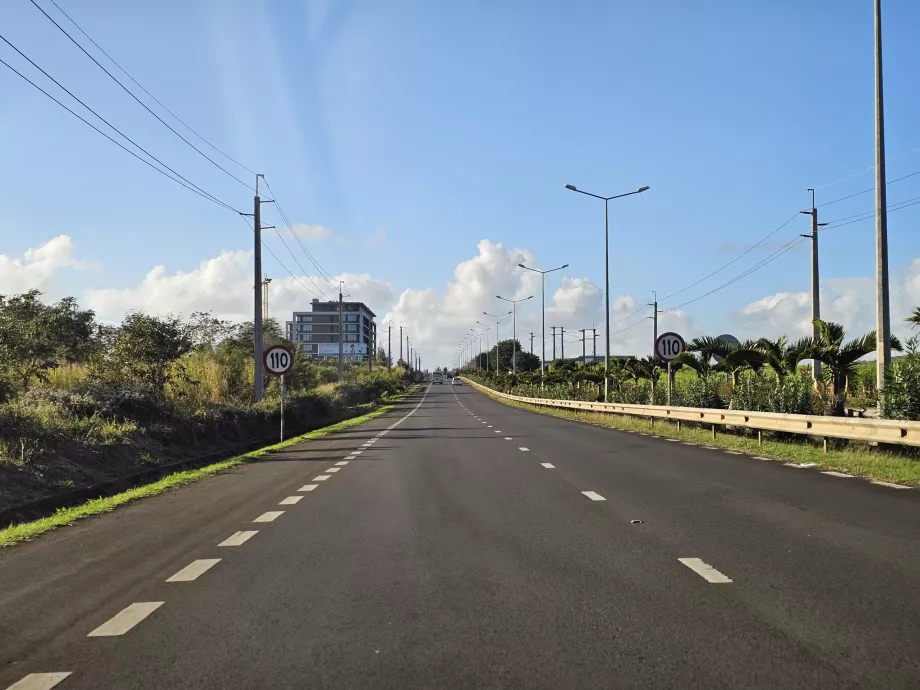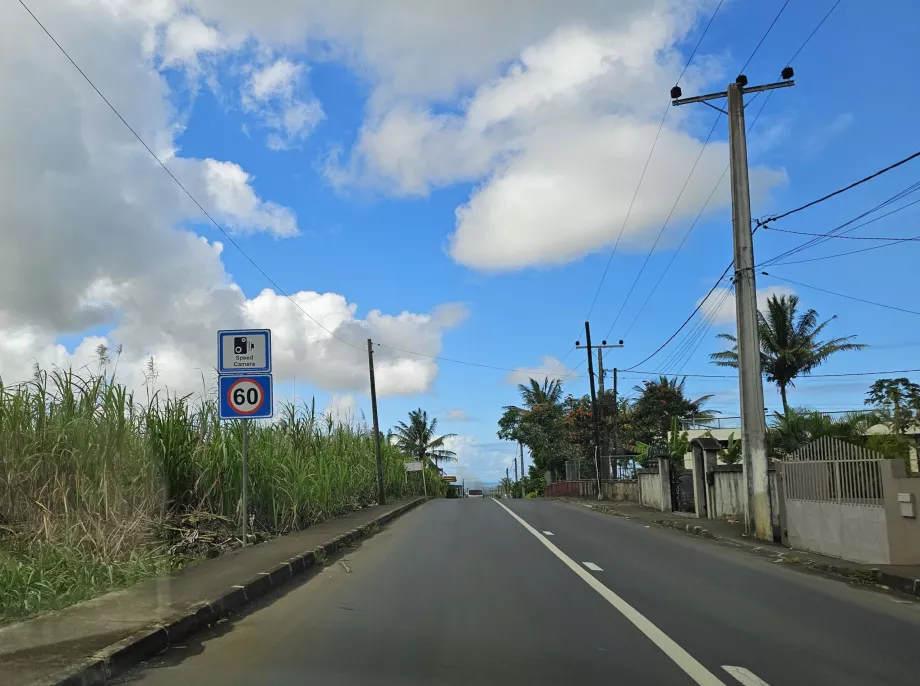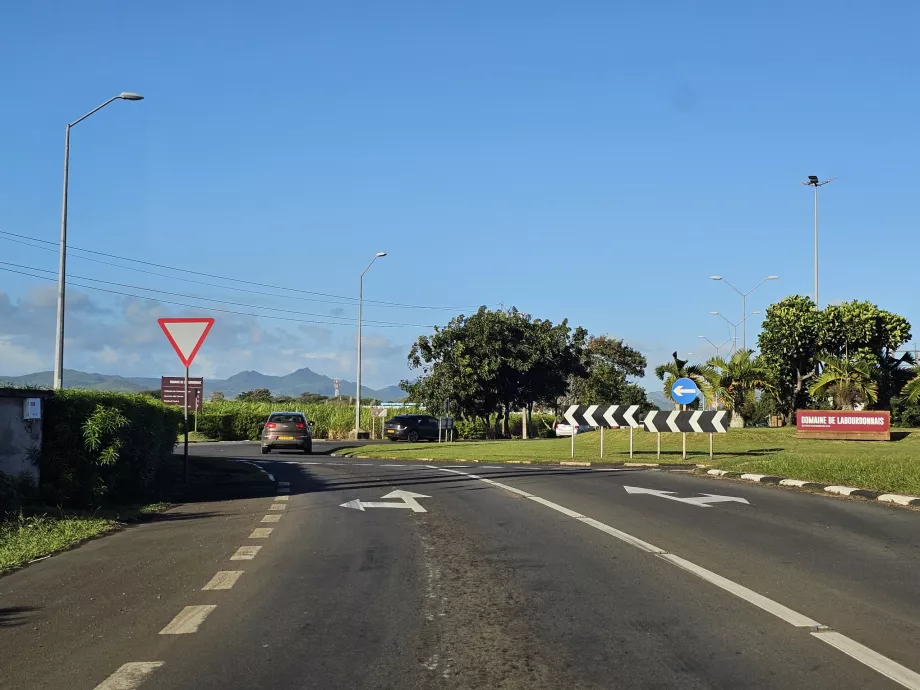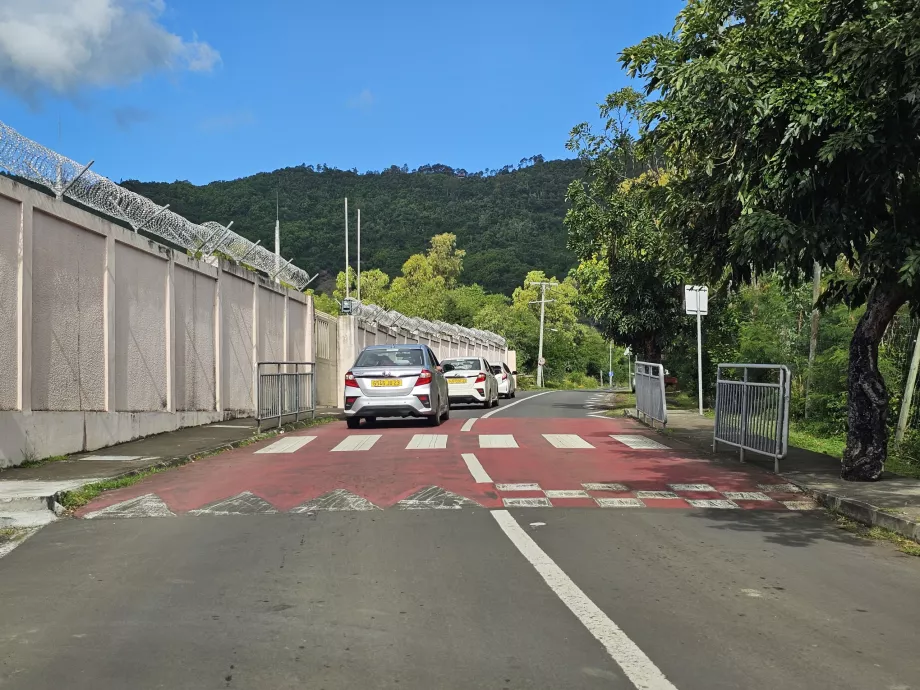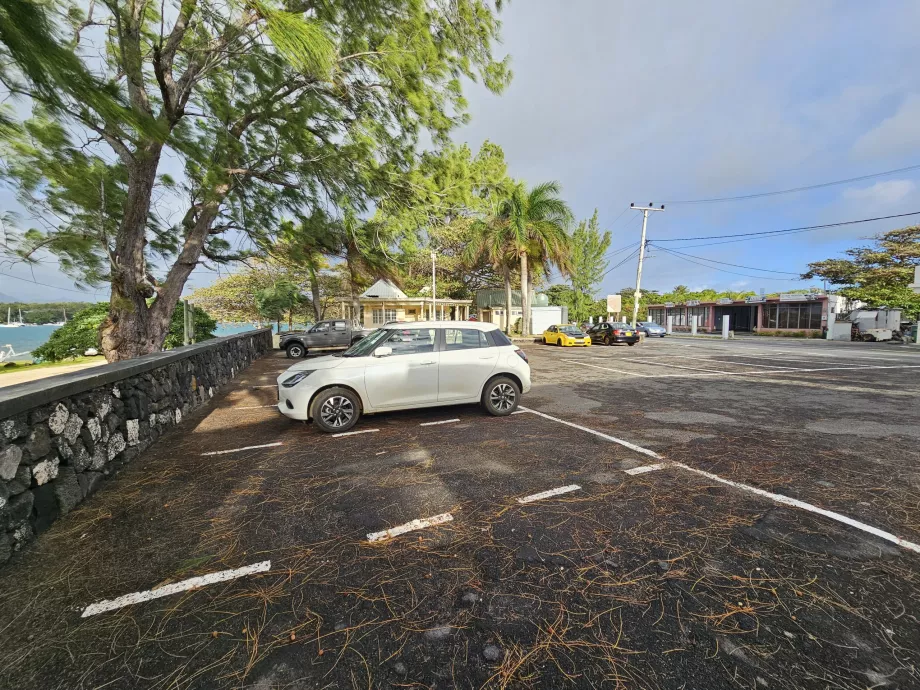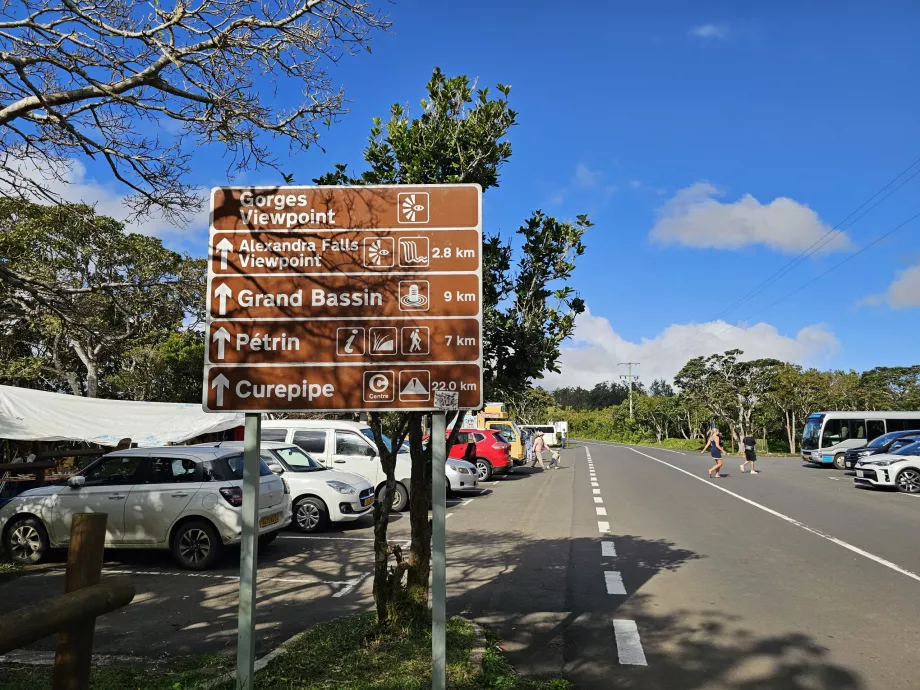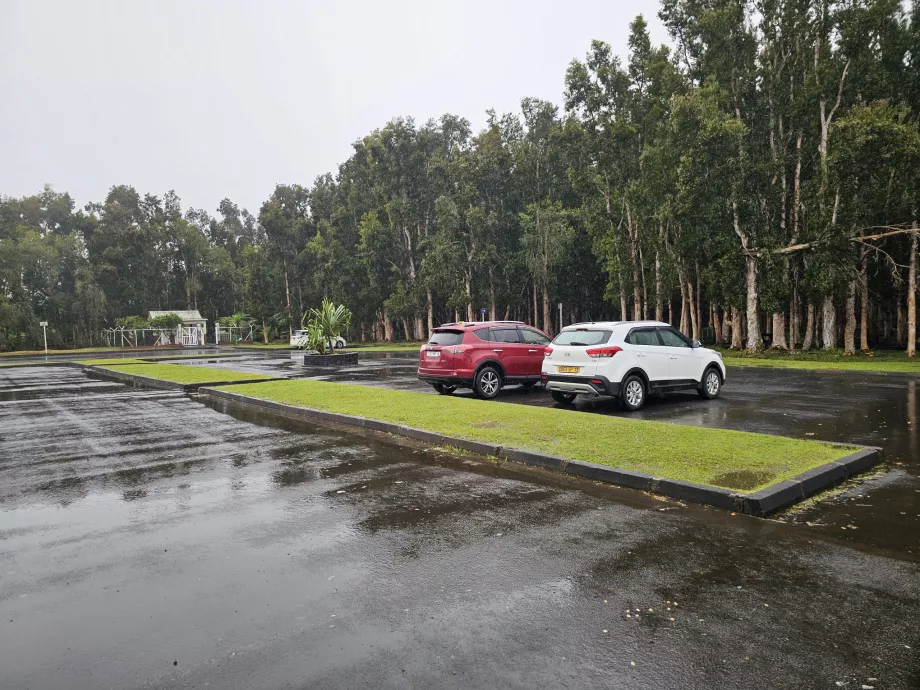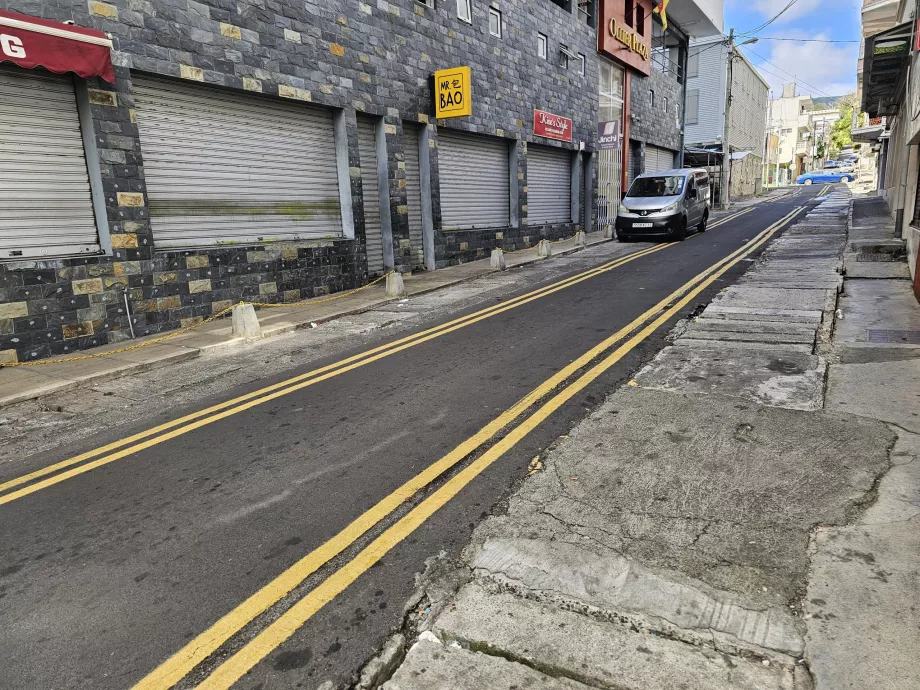Car rental in Mauritius
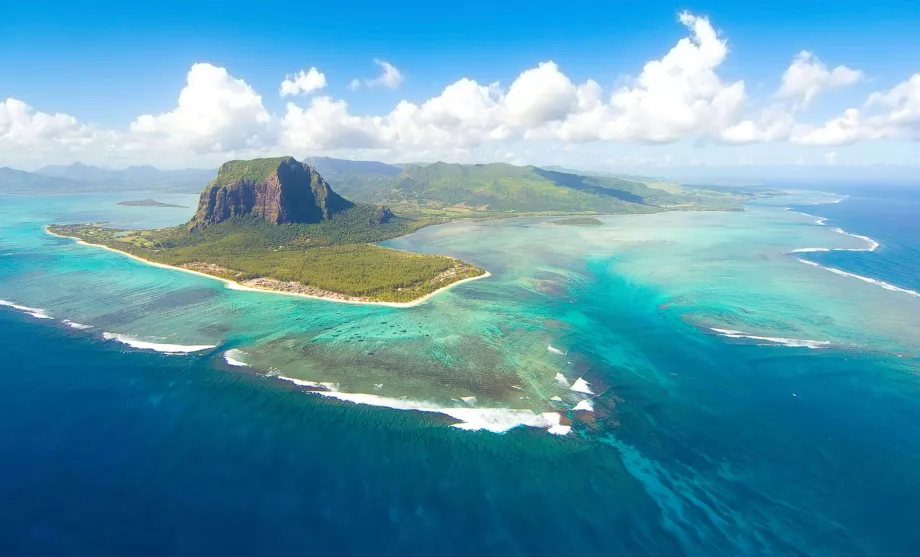
A car is the best means of transport to travel around Mauritius. While the island has an unusually well-developed public transport system for Africa, there are many places in the most beautiful southwestern part of the island that are not accessible by bus.
Travelling around Mauritius by car is quite easy, as the country has a very good and well-maintained network of roads and highways.
Driving in Mauritius is on the left.
How and when to book a car
There are many multinational and local car rental companies in Mauritius.
Renting a car here is like in any other civilised country.
Book a car at least 2-3 months in advance, especially between September and December when the high season is in full swing. Prices during this period rise rapidly as the date of travel approaches.
Book a car at Mauritius airport
We have had a particular good experience with AutoUnion car rental.
Car rental prices in Mauritius
Car rental prices are relatively reasonable if you book at least 2 months in advance.
Prices also vary according to the season.
- Weekly rental peak season (September to December): from 200 eur for the smallest car
- Weekly rental in low season (March to August): from 160 eur for the smallest car
- Compare rental prices at Mauritius MRU airport
Prices for larger SUVs are up to 3 times that of the smallest cars.
As elsewhere in the world, the longer the car rental in Mauritius, the lower the price per day you get.
In addition, it is advantageous to book a car at least 2-4 months in advance. Conversely, if you book for more than 7 months, you will see fewer offers and it pays to wait.
International driving licence and other documents
To rent a car in Mauritius, you will need a national driving licence and you will always need to carry an international driving licence with you.
In Mauritius, rental companies usually accept both credit and debit cards. They usually charge a deposit of around 200 eur.
Petrol prices and petrol stations
Petrol in Mauritius is relatively expensive by African standards.
Petrol prices range from 1,10 eur to 1,25 eur per litre.
How do petrol stations work in Mauritius?
Petrol stations can be found all over the island in all the major towns. Several brands operate here, including large multinationals such as Shell and TotalEnergies.
Few petrol stations are open 24 hours a day, with opening hours usually 6:00-22:00 on the main roads and 6:00-20:00 in the smaller towns.
However, the Engen petrol station near the airport, for example, is open 24/7.
All petrol stations in Mauritius are manned.
In practice, the way it works is that you drive up to the stand, open the tank and tell the attendant how much petrol you want to fill up. You then pay directly to the attendant without having to get out of the car.
You can always pay by card or cash.
Quality and road markings
The quality of the roads in Mauritius is excellent. The main roads are well signposted, including longitudinal markings and good verges.
Tarmac roads lead to all inhabited parts of the island and to the Black River Gorges National Park.
Secondary roads, particularly in the eastern part of the island, are in poorer condition, but Mauritius has one of the best road networks in Africa.
The road signs are European in character.
Motorways and tolls
Although Mauritius is a relatively small island, it is criss-crossed from north to south by a good highway, which also has a turn-off to the capital Port Louis in both directions.
Motorways are free in Mauritius.
Traffic regulations
Driving in Mauritius is on the left.
Drivers are quite considerate and it is quite common to let cars coming from secondary roads onto the main road.
You don't have to worry about dangerous fast driving or nervous overtaking if you drive more carefully than the locals.
Speeds
Speeds are measured in kilometres per hour and the maximum speed limits are as follows:
- In built-up areas - 40 km/h (approx. 25 mph)
- Outside a built-up area - 80 km/h (approx. 50 mph)
- Motorways - 110 km/h (approx. 68 mph)
Very often, however, other speeds are set by road signs and speed cameras are very common.
Usually the sections with radar speed cameras are indeed speeding and you will notice that locals are actually speeding in these sections.
Priorities and roundabouts
At junctions not controlled by traffic lights or signs, right of way applies.
Roundabouts are common, where the car travelling on the roundabout always has the right of way. You signal before entering a roundabout as if you were approaching a normal junction, i.e:
- I am leaving the roundabout by the first exit - flashing left
- Leaving the roundabout by the second exit (or the first if directly opposite) - do not flash
- Leaving the roundabout by the last exit - flashing right
When you are already on the roundabout, you always flash right just before leaving the roundabout.
But most drivers don't use their turn signals at all on a roundabout.
Pedestrian crossings
In Mauritius, pedestrians have the right of way at crosswalks and unlike in most other countries in the Indian Ocean region, these are actually strictly enforced!
A big difference from the otherwise civilised modern city of Kuala Lumpur, from which I flew into Mauritius.
Alcohol, seat belts and talking on the phone
Seat belt use is compulsory and talking on the phone while driving is strictly forbidden. Earphones are not allowed.
In Mauritius, the blood alcohol tolerance for driving is 0.02%.
Density and traffic specifics
Traffic density in Mauritius is enormous in the larger cities! You'll often spend long minutes in protracted queues, mainly caused by drivers often parking in the lane and going shopping.
The situation is not helped by the very slow and often stopping public transport buses.
Driving is most relaxed in the southern and south-western parts of the island, where the population density is not as high. It is here that the best natural attractions such as Le Morne Brabant, Chamarel or Black River Gorges NP are located.
Parking - free almost everywhere!
Parking is absolutely hassle-free in Mauritius.
I haven't experienced paid parking at any of the tourist attractions or beaches.
The parking lots are usually large enough and you will have no problem finding a free parking space.
I have only seen metered parking in downtown Port Louis, where you pay about 30 mur per 30 minutes.
Anywhere there is a yellow line painted on the road, parking is prohibited. Reality? Mostly quite different and few people respect the signage.
Any questions left?
If you have any questions or comments about the article...

